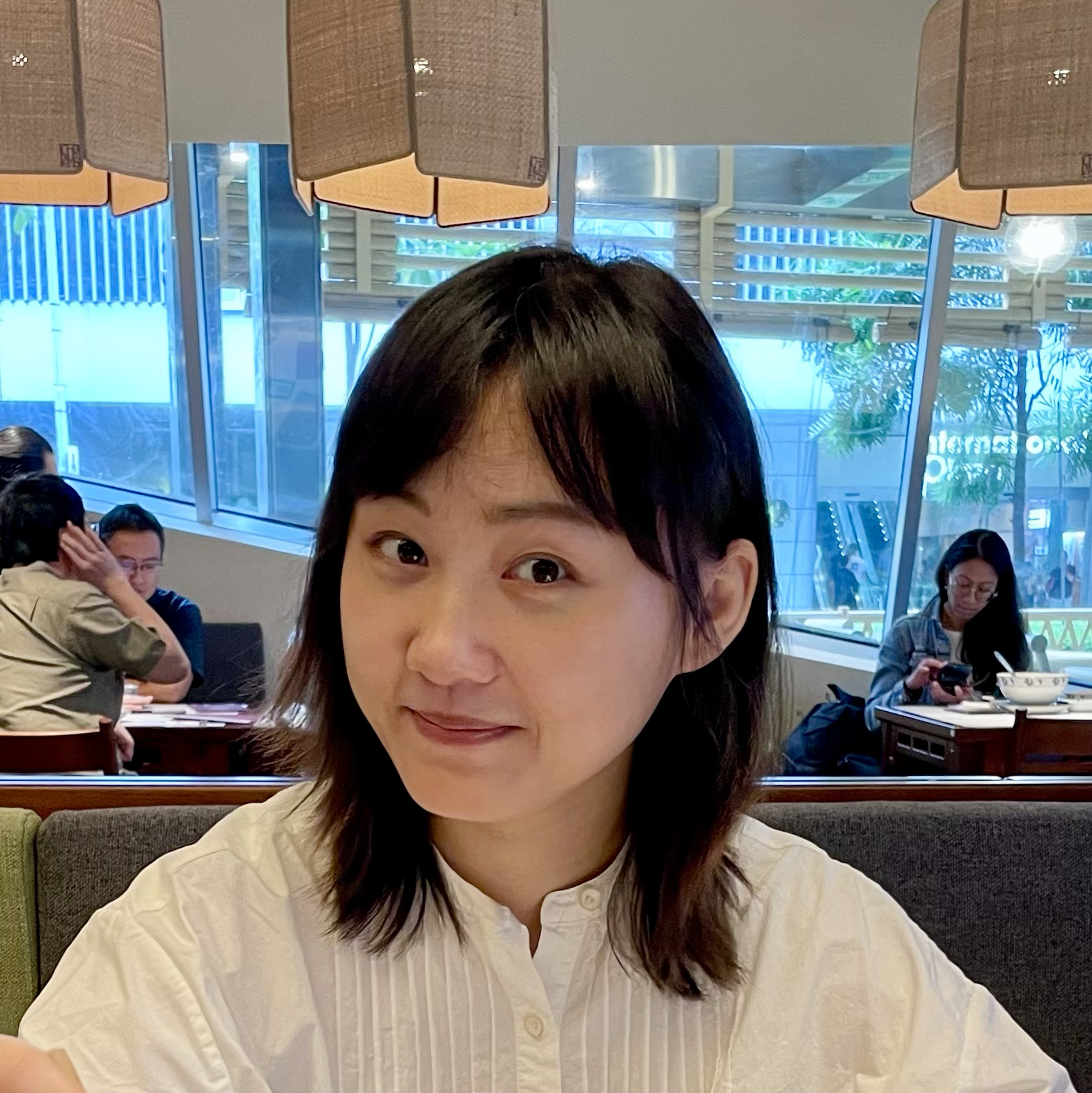Career Profile
My undergraduate course on pattern recognition lit my passion for research. After I graduated with a Bachelor's degree in Intelligent Engineering (2011), I directly became a PhD candidate and obtained a doctoral degree from the school of artificial intelligence, Xidian University, China (2018). In 2019, I joined RR@NTU as a research scientist in Singapore. The half-business and half-academic working environments of RR@NTU helped me grow both professionally and personally. At the beginning of 2022, I started my new journey with SCRIPT@NTU. My current research interests include few-shot object detection for images/videos (FSOD), few-shot instance segmentation for images/videos (FSIS), 3D Steganography and optimization algorithms for power management systems (PMS).
Education
Publications
Projects
The majority of few-shot object detection methods use a shared feature map for both classification and localization, despite the conflicting requirements of these two tasks. Localization needs scale and positional sensitive features, whereas classification requires features that are robust to scale and positional variations. Although few methods have recognized this challenge and attempted to address it, they may not provide a comprehensive resolution to the issue. To overcome the contradictory preferences between classification and localization in few-shot object detection, an adaptive multi-task learning method, featuring a novel precision-driven gradient balancer, is proposed. This balancer effectively mitigates the conflicts by dynamically adjusting the backward gradient ratios for both tasks. Furthermore, a knowledge distillation and classification refinement scheme based on CLIP is introduced, aiming to enhance individual tasks by leveraging the capabilities of large vision-language models. Experimental results of the proposed method consistently show improvements over strong few-shot detection baselines on benchmark datasets.
Her primary research focusses on few-shot learning, particularly in scenarios with limited annotated data. Many privacy-preserving applications encounter challenges due to the lack of sufficient data, such as privacy-sensitive images or objects in surveillance systems, or privacy-preserving object detection for medical image analysis. Few-shot learning shows promise in such cases, where the availability of labelled data is restricted, or privacy concerns prevent the collection and sharing of sensitive data.
A first comprehensive survey covering both image and video cosegmentation is proposed, which are two newly emerged and under developed fields under the domain of image processing and video understanding
Under weakly supervised condition, a novel unified mutual learning framework is proposed, which complement the adavantages of both tree-graph matching and structured sparsity to fully exploit the spatial information of hierarchical structures and accomplish the task of image cosegmentation.
A Novel Rotation Invariant Learning Method for Object Detection and Localization via Sparse Representation
This Program of Summer Internship is aim at automatically beautify human eyes in face images. The two main steps are the localization of eyes and the warp of eye patterns. The result of the algorithm looks like give cosmetic contacts to eyes
National University Student Innovation Program with a budget of 12,000 RMB
A single spark can start a prairie fire.This competition is my stepping-stone to the world of engineering.
